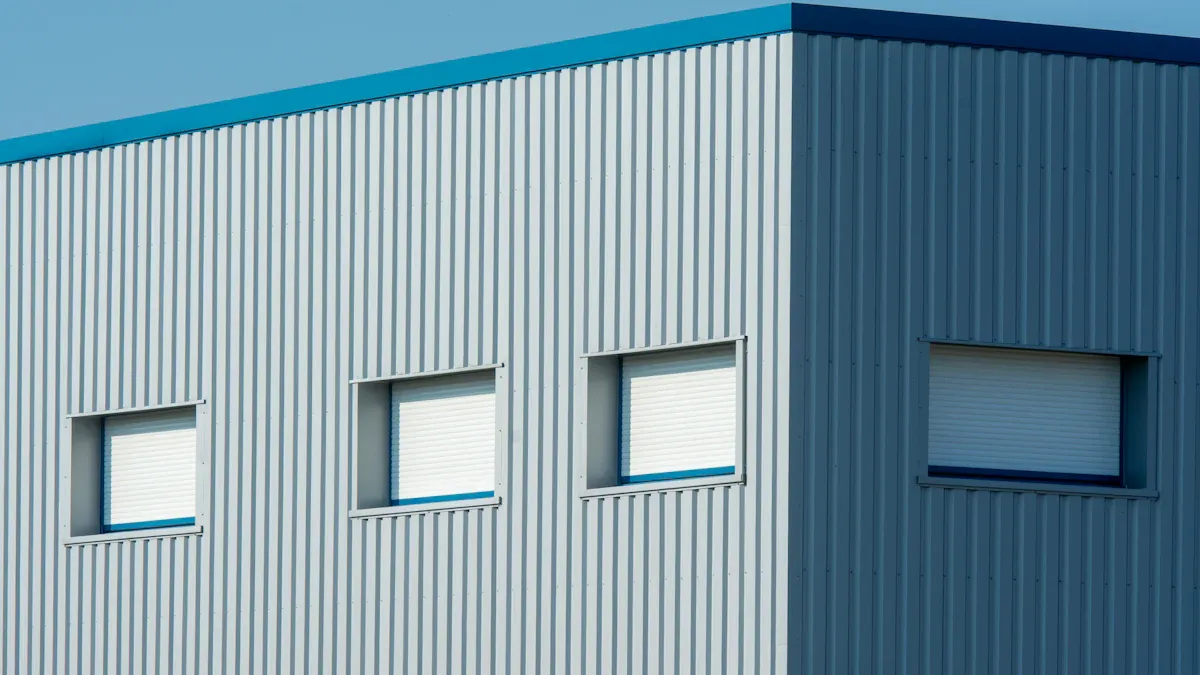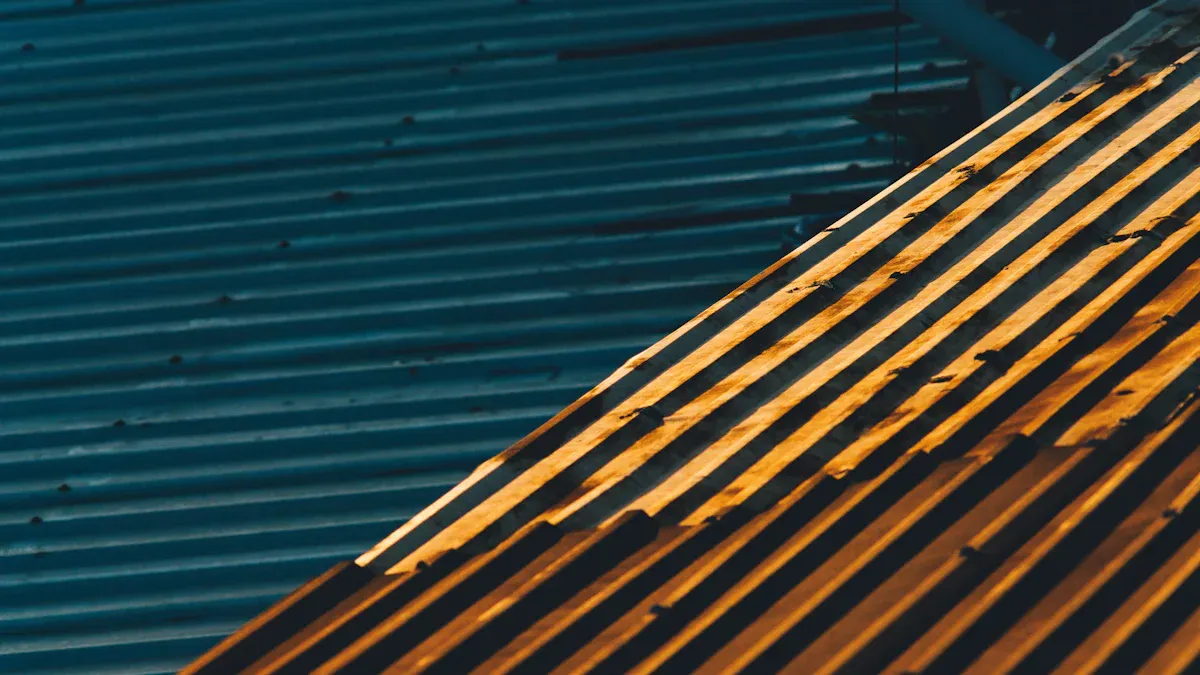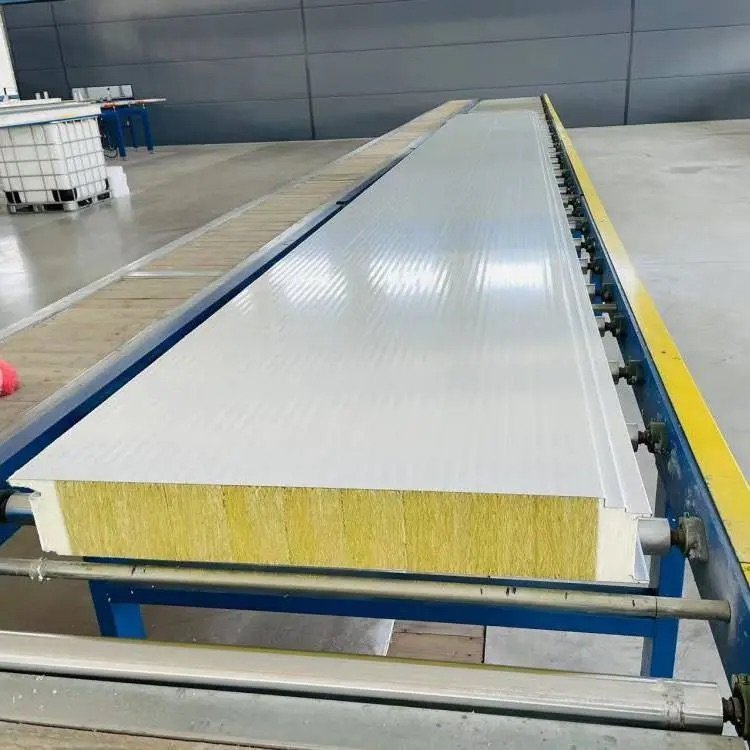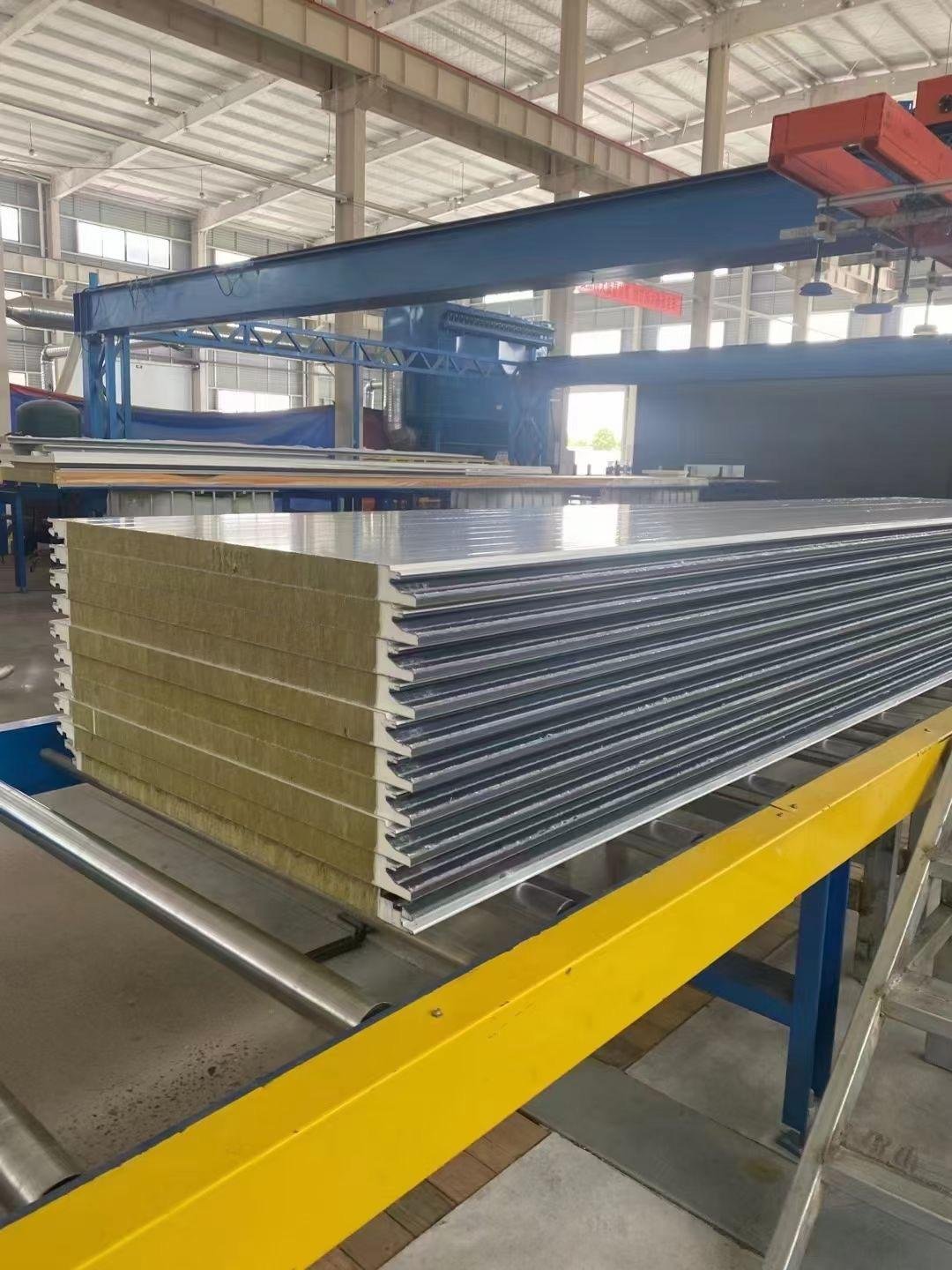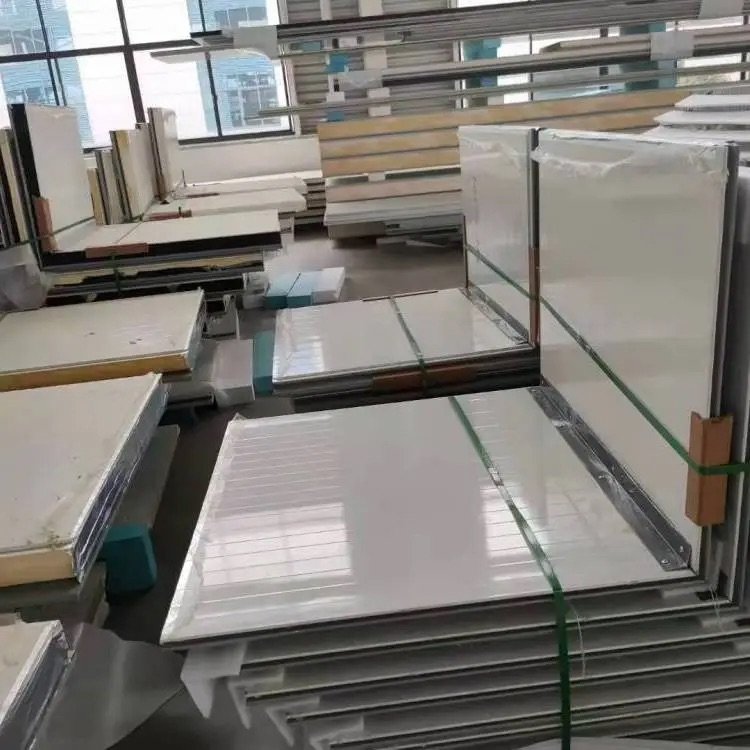Rockwool sandwich panels are made to block water and protect the inside material from getting wet. Their ability to stay waterproof depends on how they are installed. For example:
Attaching the panels to walls with screws, gaskets, and washers keeps water out.
Closing all possible gaps in heat-saving systems stops water leaks.
These steps show that proper installation is key to keeping the panels strong and working well.
Key Takeaways
Installing Rockwool panels correctly is very important to keep them waterproof. Use screws, gaskets, and washers to seal gaps and stop leaks.
Making the panels airtight improves their waterproof ability. It blocks water vapor and lowers the chance of mold or mildew.
Regular care is needed. Check seals and coatings often to make sure they still protect against water.
During harsh weather, think about adding waterproof coatings and vapor barriers for extra safety. This keeps the panels strong.
Rockwool panels are not completely waterproof but resist water well if installed properly. Always check what your project needs for the best results.
Waterproof Characteristics of Rockwool Sandwich Panels
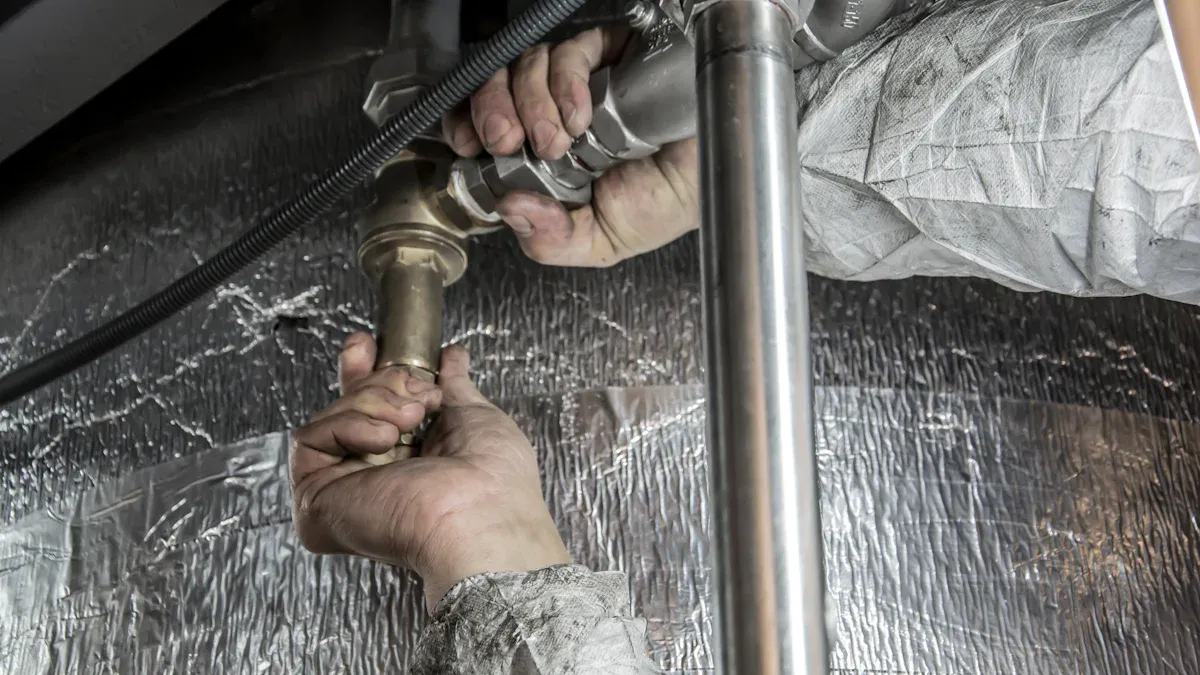
Structural Waterproofing Design
Rockwool sandwich panels are built to keep water out. Their outer layers, often metal or strong materials, block water. This design stops water from getting inside and harming the insulation. These panels stay strong even when exposed to moisture.
The panels have joints that lock together tightly. These joints help stop water from leaking through. When installed properly, they create a solid barrier. This makes the panels a good choice for buildings needing water protection.
The materials in the panels are also water-resistant. For example, the stone wool core keeps water away, so the insulation works well for a long time. The mix of smart design and strong materials helps the panels work in different conditions.
Role of Airtightness in Waterproof Performance
Airtightness is important for keeping water out of rockwool panels. Airtight panels stop water vapor from getting inside and forming condensation. This keeps the panels strong and prevents mold or mildew.
The stone wool boards in these panels let moisture escape while resisting water. This helps them handle moisture better. Their water-repelling ability keeps them dry even in tough conditions.
Airtight panels also dry out trapped moisture quickly. This stops long-term damage. Choosing airtight panels gives better protection from water problems for your building.
Moisture Resistance of Rockwool Material
Benefits of High-Quality Waterproof Rock Wool
Good-quality waterproof rock wool keeps water out very well. It is a great choice for building projects. This material is made to resist water, so the insulation stays useful for a long time. Its water-blocking ability stops water from reaching the inside, keeping the panels strong.
Rockwool’s special design also helps control indoor moisture. It lets air flow through, which balances humidity and stops mold or dampness. Coatings on the panels make them even better at resisting water. But these coatings can wear off, so checking them often is important to keep them working.
To make the panels more waterproof, add a water-blocking layer. Also, seal the joints when installing them. These steps stop water from getting in, especially in places with bad weather. Doing this makes the panels last longer and work better in your building.
Hygroscopic Properties and Their Impact on Durability
Rockwool can absorb and release water depending on the air around it. This helps it keep indoor moisture steady, making rooms more comfortable and less damp.
But studies show that water can change how rock wool works over time. For example:
More water can lower its ability to keep heat in.
Lighter rock wool takes in more water, wearing out faster.
Staying in wet air too long can make it weaker and less effective.
To avoid these problems, install the panels correctly. Use extra protection, like vapor barriers, in wet areas. These steps help rock wool stay strong and useful for a long time.
Enhancing Waterproof Performance
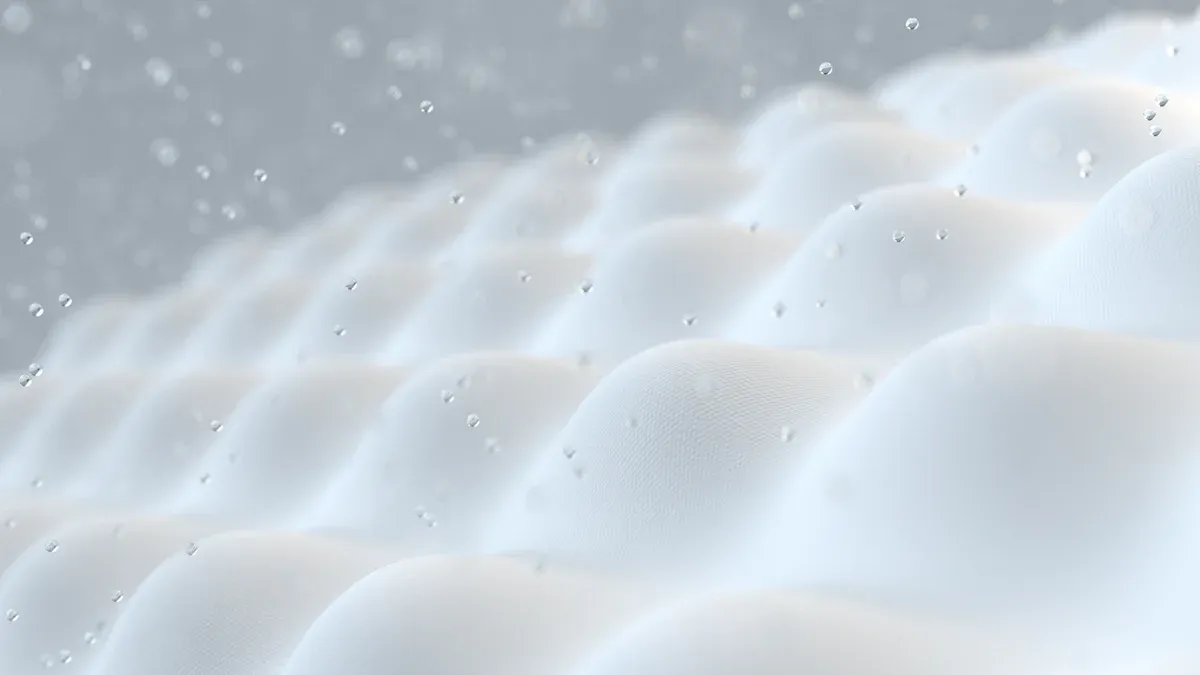
Importance of Proper Sealing and Installation
Sealing and installing panels properly is very important. When joints and edges are sealed well, water cannot get inside. This keeps the insulation working and lasting longer. Using good gaskets and seals makes a strong barrier against water.
Make sure the panels line up correctly. If they don’t, gaps can let water in. Fit the panels tightly together to stop leaks. Screws and washers should also be placed carefully. These steps help keep the panels dry and make them last longer.
Additional Protective Measures for Extreme Conditions
In bad weather, extra protection is needed for the panels. Adding waterproof coatings to the panels helps block water. These coatings are useful in places with heavy rain or snow.
Here are ways to improve waterproofing:
Add waterproof coatings to stop water damage.
For very wet areas, use a vapor barrier to stop condensation. This is helpful in humid places. Check and fix coatings often to keep them working. These steps make sure your panels stay strong, even in tough weather.
Limits in Tough Weather
How Panels Handle Long Rain or Snow
Rockwool panels work well in most weather. But long rain or snow can cause problems. These panels resist water, but too much moisture can lower their insulation power. Water might sneak into unsealed edges or joints. This can weaken the panels over time. So, sealing and installing them right is very important.
In bad weather, condensation can also be an issue. Rockwool itself resists water, but metal layers or seals around it may wear out faster. This can cause leaks or make the panels less effective at keeping heat in. Heavy snow can add extra weight, which might strain the panels. If the building isn’t designed for this, it could lead to damage.
Keeping Panels in Good Shape
To make Rockwool panels last, check them often. Look for worn-out seals or coatings. These weak spots let water in and reduce how well the panels work. Fixing seals and adding new waterproof coatings can help them stay strong.
Pests like mice can also be a problem. Rockwool doesn’t attract pests, but gaps in the panels can let them in. Sealing these gaps keeps pests out. Extreme heat, like from wildfires, can also harm the panels. Rockwool can handle heat, but other materials in the building might not. This could hurt the whole structure.
By taking care of these issues, you can make your panels last longer. They will keep working well even in tough weather.
Rockwool sandwich panels are great at keeping water out. They also resist moisture, making them useful for many purposes. Their strong materials protect buildings from bad weather.
In 2023, the waterproof panel market was worth $1.9 billion. By 2032, it may grow to $3.4 billion, showing more people want them.
Examples like hurricane-safe homes in Odisha show sealing and protection are key for best results.
Check what your project needs and install panels correctly. This helps you get the most from them.
FAQ
1. Are Rockwool sandwich panels fully waterproof?
Rockwool panels resist water but are not fully waterproof. They block water well if installed properly. For heavy rain or snow, extra protection like coatings or barriers may be needed.
2. Can Rockwool panels stop mold from growing?
Yes, Rockwool panels help stop mold. Their stone wool core keeps water out and lets moisture escape. This lowers the chance of mold. Sealing them well during setup makes this even better.
3. How do you take care of Rockwool sandwich panels?
Check the panels often for damaged seals or coatings. Fix broken seals and add new waterproof coatings when needed. Keep them clean and close gaps to stop water or pests from getting in.
4. Do Rockwool panels work in wet climates?
Yes, Rockwool panels work well in wet climates. They absorb and release water to balance indoor moisture. Adding vapor barriers during setup gives extra protection in very humid places.
5. What if water gets into the panels?
Water inside can make the insulation weaker over time. Fix leaks quickly by sealing joints or replacing damaged parts. Regular care stops big problems and keeps the panels working well.


